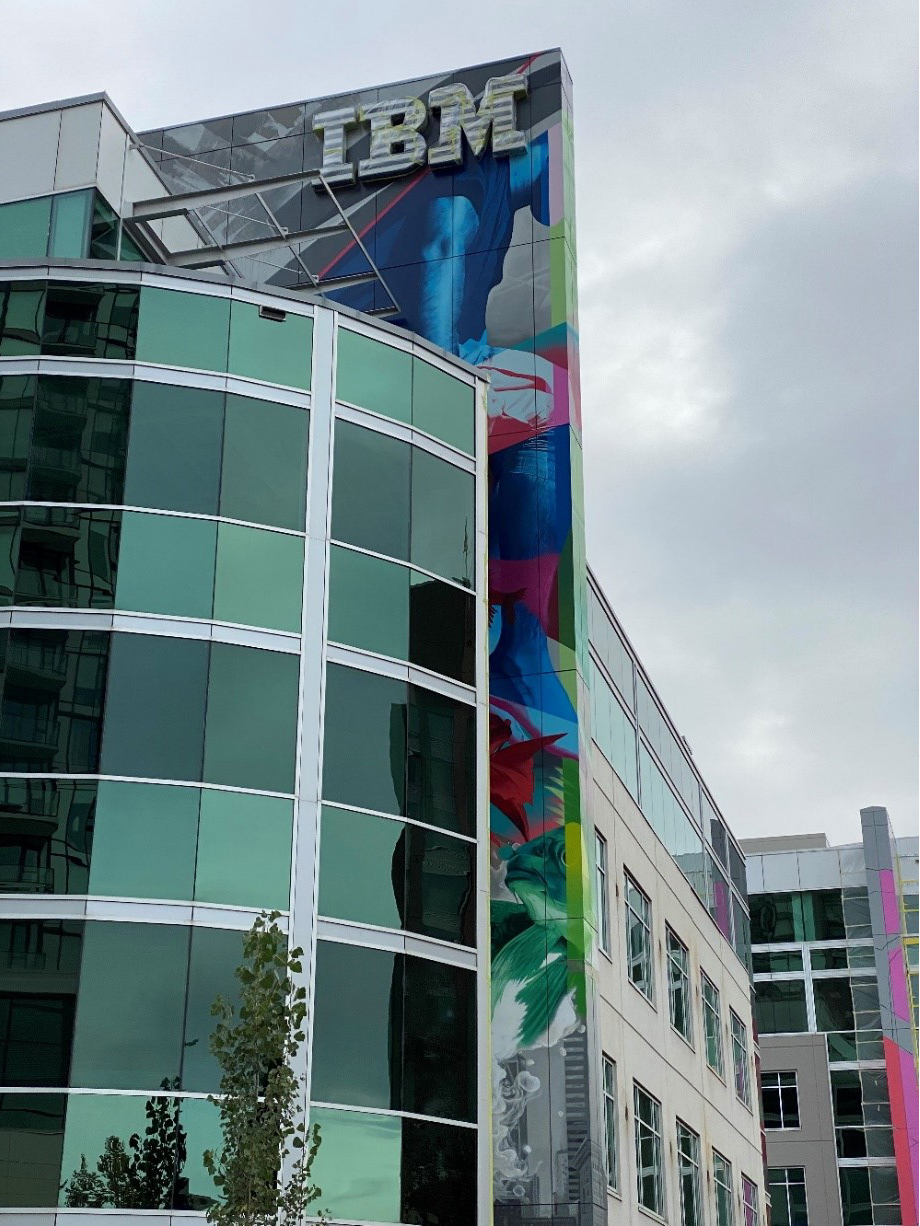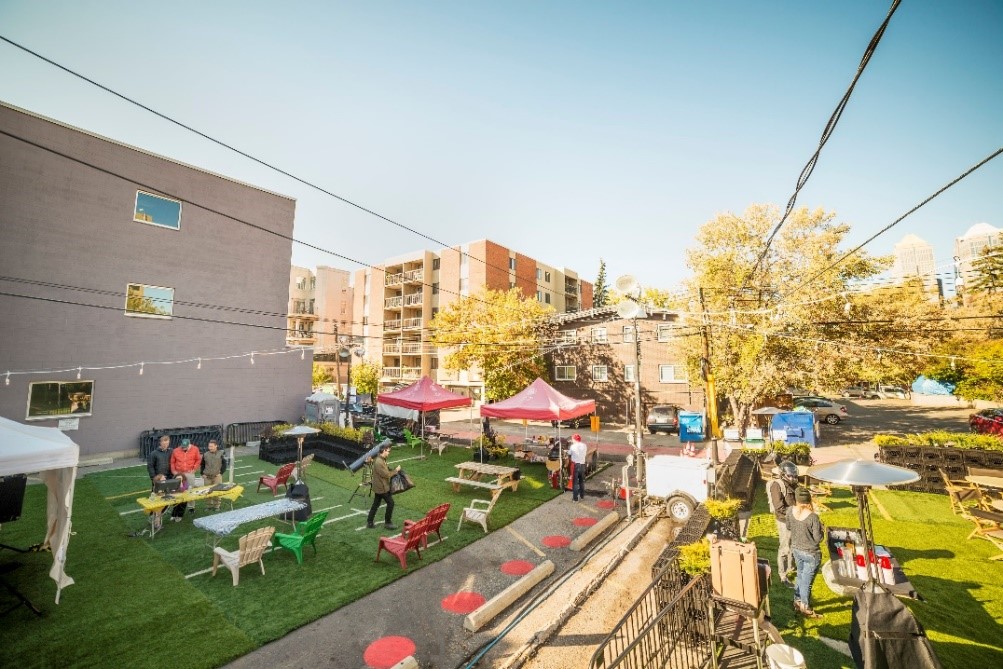There is a clear case for the inherent advantages that the physical place provides over remote work, from its link to a stronger organizational culture to the serendipitous encounters that spark innovation. However, the flexibility and autonomy that future workplaces will provide prompts property professionals and tenant organizations to re-evaluate the purpose of the physical place and optimize its unique offerings.
ROOM TO IMPROVE
Too many workplaces are underwhelming experiences to begin with. In 2019, Leesman, a firm that measures employee experiences worldwide, found that nearly 40 percent of employees felt their workplace did not enable them to work productively.
To paraphrase Dror Poleg, author of "Rethinking Real Estate," the office has traditionally been viewed as a place that you "find what you're looking for" and "do what you're told," whereas remote work—drawbacks aside—has earned an inverse reputation as the option that allows one the freedom to figure out their own way to get things done and experiment with new tools. The value of in-person interaction alone will bring many eager workers back to the office at least part-time when the pandemic subsides. But, the built environment also has the potential to be reimagined and repackaged as a destination that not only offers occupants the structure and collaborative ease they expect to return to, but also a higher degree of independence, inspiration and experimentation than what they’ve found working remotely.
If people are given the choice of where to work, and we know the nature of work is going to change as well, then logically the environments we work in will need to be retooled to become magnets for people. More than just an office, we need to think about the entire workplace ecosystem.
Technology will continue to support, but the quality of these interactions while living and working remotely is questionable. In fact, an opinion survey by Deloitte revealed that during the pandemic, the "human factors" (trust, time and the network of colleagues) have been more important supports than technology during the pandemic. As the report puts it, “Organizations need to consider the human and the technological together, not separately.”
Case in point: Rather than retreat from workplaces entirely, tenant organizations should work with landlords and managers on changes that enhance and enrich them. Engaging experience centers that serve the varied needs of its visitors: That is what the built environment of tomorrow is all about.

The District at Beltline, Calgary (Photography by Kasian Architecture)
HOMING IN ON EXPERIENCE
Kasian's Lifescape Institute is rethinking the built environment through the lens of the experience. At the forefront of this design approach is finding creative elements to bring to new and existing properties that will enhance the ground-level experience and consequentially have the greatest human impact. Looking beyond the singular dimensions of space, commercial real estate owners and operators can holistically adapt and curate property to create socially connected spaces, inside and out.
Through this approach, we can help create a bridge for landlords and their tenants to develop inside-out connections from their properties to other urban places as part of an experiential ecosystem. Places that have been designed with an experience-out approach develop a magnetic quality.
For those that take the leap to putting human experience at the center, there are significant financial rewards, too. People put a high value premium on experiences; by employing concepts of story, curation and redesignating the use of spaces at the ground level, we can create a shift in how people identify with a property.
These enhancements can also improve retention, as they might provide occupants with an expanded sense of purpose, enable a vibrant corporate culture, encourage workplace interaction and foster individual human potential. Real estate owners and operators can expand their venues for programming in existing spaces, enhancing their business model through new, activity-based forms of revenue generation and flexible, short-term leases to attract and accelerate new business opportunities. Through studying the shifts that are occurring in human behavior, we can look to repurpose these places for a new purpose. These trends are highlighted below:
ENRICHING EXPERIENCES FOR A NEW WORLD
Outdoor community life
People have rediscovered their connection to the outdoors by integrating experiences such as urban wandering into their everyday patterns and rituals. Whether participating in art walks, marketplaces or other local community events, real estate owners and operators can find ways to create new experiences for their tenant audience.
Extending the seasons
Expanding capacity for diners through expanded patio space, laneway reclamation or seasonal shelters and seasonally adjusted programming can help to fuel year-round animation. In addition, building owners can transform underutilized spaces into value-creating spaces with higher sales per square foot to maximize revenue streams.

The Backyard Laneway Activation, Calgary (Photography by Kasian Architecture)
Engaging the senses
The workplace ecosystem can engage the whole person at a multi-sensory level. Whether taking a break, getting creative or finding something new, experience-centered places should activate all the senses, infusing things like culinary experiences, restorative gardens, water features, art and soundscapes.
Alone together
A relatively new phenomenon is how we navigate our interactions within public or semi-private spaces. The emphasis on safety due to COVID-19 and the casual implementation of directional or informational signage, for instance, can cause human beings’ anxiety and create social barriers as a byproduct. The key is to create physical distancing without social distancing, encouraging safe practices without introducing barriers to social interaction.
Excursions between home and work
Adopting flexible workstyles will become the norm rather than the exception. To succeed in attracting tenants, landlords will need to understand and cater to a flexible work environment. Unfortunately, the way many of yesterday’s environments were designed to meet predefined space needs are not set up this way. The purpose of the office will be redefined as part of a larger ecosystem with broader provisions for 24-hour access, co-located amenities and services and will create more cross-property programming and opportunities for cultural interaction, supported by technology.
Empowering culture
Places are a reflection of culture. People need places to engage with others through real, in-person encounters. Enriching interactions in places that are authentic and have a strong identity and story are more productive because they enable human bonds and encourage shared meaning. More than the ability to have spontaneous encounters, it contributes to our sense of belonging and how we identify with others in the outside world.
Small crowds
There is renewed power and emphasis on what can be achieved within small groups and through local networks. Sometimes we have encounters that change the way we look at things, meetings that propel business interests or conversations that turn into groundbreaking ideas that save or enrich lives. Emphasis is shifting to smaller, impromptu gatherings and focused spaces over spaces for larger public or corporate gatherings.
Nourishing social capital
Participation in socially relevant causes, new business opportunities, intra-organizational innovation and the creation of meaningful connections with others will drive the workplaces of the future. For new industries to grow and for innovation to happen, we need informal places to conduct human exchanges. Otherwise that pivotal, life-altering idea, grassroots business, tech startup or nonprofit may never happen.
ENRICHING EXPERIENCES FOR A NEW WORLD
There is a world of people standing by to reconnect and experience the places they once frequented and perhaps took for granted. As commercial real estate professionals, it is our duty to ensure the built environment waiting for them on the other side of the pandemic is one worth waiting for.
ABOUT THE AUTHOR: Will Craig is a principal and the global chair of the Lifescape team for architecture and design firm Kasian, which operates in Vancouver, British Columbia; Toronto; Calgary and Edmonton, Alberta; and Doha, Qatar. He is the chair of the Urban Land Institute (ULI) Alberta District Council and serves as a member of ULI’s Redevelopment and Reuse Product Council and the Canadian City Catalysts Council.